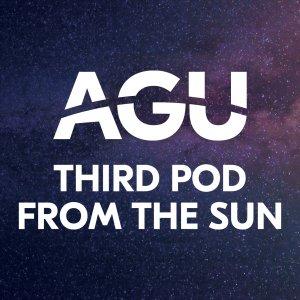Third Pod from the Sun

A Modern Way to Look for Aliens
If you were an ant living in an anthill in the Serengeti and you wanted to know whether an intelligent species lived on planet Earth, how could you tell? A particularly clever ant might pick up a radio signal and deduce that humanity exists, but how about subtler, indirect clues that, nevertheless, are a result of technological development? This thought experiment, posed by astrophysicist Jason Wright in a recent interview, is a good introduction to the type of out-of-the-box thinking that scientists need if they’re going to join the search for extraterrestrial intelligence (SETI).
Wright, a professor at Pennsylvania State University in University Park, is a leader in the effort to reimagine SETI research and modernize it as a fully developed scientific discipline. Despite its prominent place in popular culture, SETI science has long been on the fringes of the space science community, partly because of a lack of support from funding agencies. Wright and other SETI scientists have been working to change that and give SETI all the necessary academic trappings: funding, curricula, conferences and symposia, and a canon of academic literature.
Providing opportunities and training for graduate students is a critical component of any academic discipline, and the field of SETI has begun to do just that. “You can't have a field where everyone is a senior or emeritus professor,” said Penn State graduate student and SETI researcher Sofia Sheikh. “You need to have people at every career stage, or the field isn't going to continue.”
In this episode of AGU’s podcast Third Pod from the Sun, Wright and Sheikh discuss what it means to search for signals of alien technology, how SETI research is modernizing for the 21st century, and how this emerging academic field is poised to be a leader in interdisciplinary research and inclusive practice.
This episode was produced by Kimberly Cartier and mixed by Kayla Surrey.






 Visit Podcast Website
Visit Podcast Website RSS Podcast Feed
RSS Podcast Feed Subscribe
Subscribe
 Add to MyCast
Add to MyCast